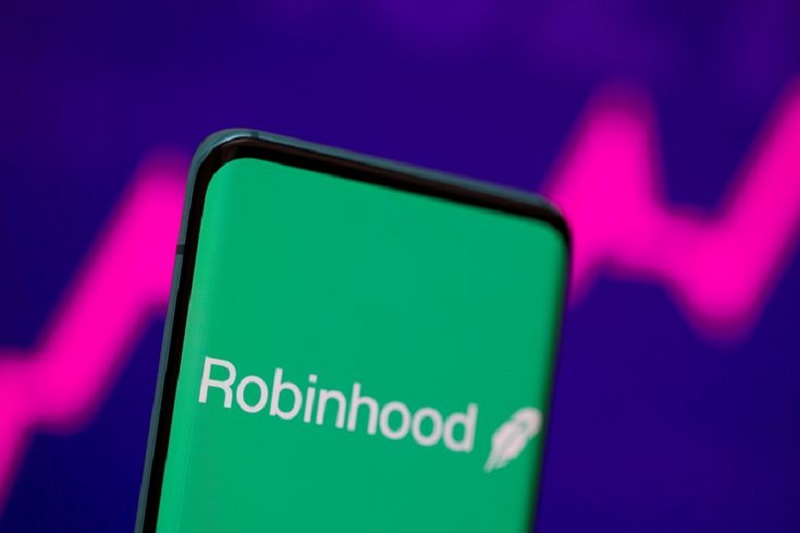This post was originally published on this site

Robinhood reported earnings per share (EPS) of $0.03 for the fourth quarter of 2023, surpassing both the JMP Securities’ projection and the consensus estimate, which anticipated a loss of $0.02 per share. The company’s better-than-expected performance was attributed to higher revenues and lower expenses. Robinhood’s revenues reached $471 million, approximately 2% above JMP Securities’ estimate, while expenses were reported at $445 million, nearly 6% lower than projected.
The revenue boost was largely due to increased net interest revenue, which was about $4 million more than anticipated, and improved transaction-based revenue, which was roughly $5 million higher than expected. The latter was primarily driven by a rise in cryptocurrency payment for order flow (PFOF), despite predictions that a shift towards new spot-Bitcoin ETFs would occur. It was noted that approximately 95% of customer crypto trades in the first quarter were still in the spot market.
On the expense side, Robinhood demonstrated more efficient cost management, particularly in technology and development, which cost $197 million against an expected $209 million, and general and administrative expenses, which were $133 million compared to the forecasted $150 million. These savings helped offset an increase in marketing expenses, which amounted to $43 million, higher than the $31 million estimated by JMP Securities. The firm views this increase positively, considering the success Robinhood achieved with various promotions during the quarter.
Following the upbeat assessment by JMP Securities, Robinhood Markets (NASDAQ:HOOD) has shown a dynamic financial landscape. With a current market capitalization of $11.23 billion, the company’s growth trajectory is underscored by a significant revenue increase, with the last twelve months as of Q4 2023 showing a 37.33% jump, reaching $1.865 billion. This robust top-line growth is mirrored in the quarterly figures, with a 23.95% uptick in revenue for Q4 2023.
InvestingPro data reveals that Robinhood has maintained a high gross profit margin of 83.65% over the last twelve months, a testament to its efficient cost structure and revenue generation capabilities. Despite this, the company’s P/E ratio stands at -19.09, reflecting market skepticism about its near-term earnings potential. Nevertheless, the price-to-book ratio of 1.54 indicates that the stock might be reasonably valued in relation to its net assets.
Among the notable InvestingPro Tips, Robinhood management’s aggressive share buyback strategy indicates confidence in the company’s future, and analysts predict the company will turn profitable this year. This optimism is reflected in the stock’s strong return over the last three months, boasting a 39.29% increase. It’s worth noting that Robinhood does not pay a dividend, which may appeal to growth-focused investors.
For readers looking to delve deeper into Robinhood’s financial outlook, InvestingPro offers additional insights. There are more InvestingPro Tips available that could provide a more nuanced understanding of the company’s performance and potential. To access these tips and take advantage of a special offer, use the coupon code PRONEWS24 to get an additional 10% off a yearly or biyearly Pro and Pro+ subscription.
This article was generated with the support of AI and reviewed by an editor. For more information see our T&C.

